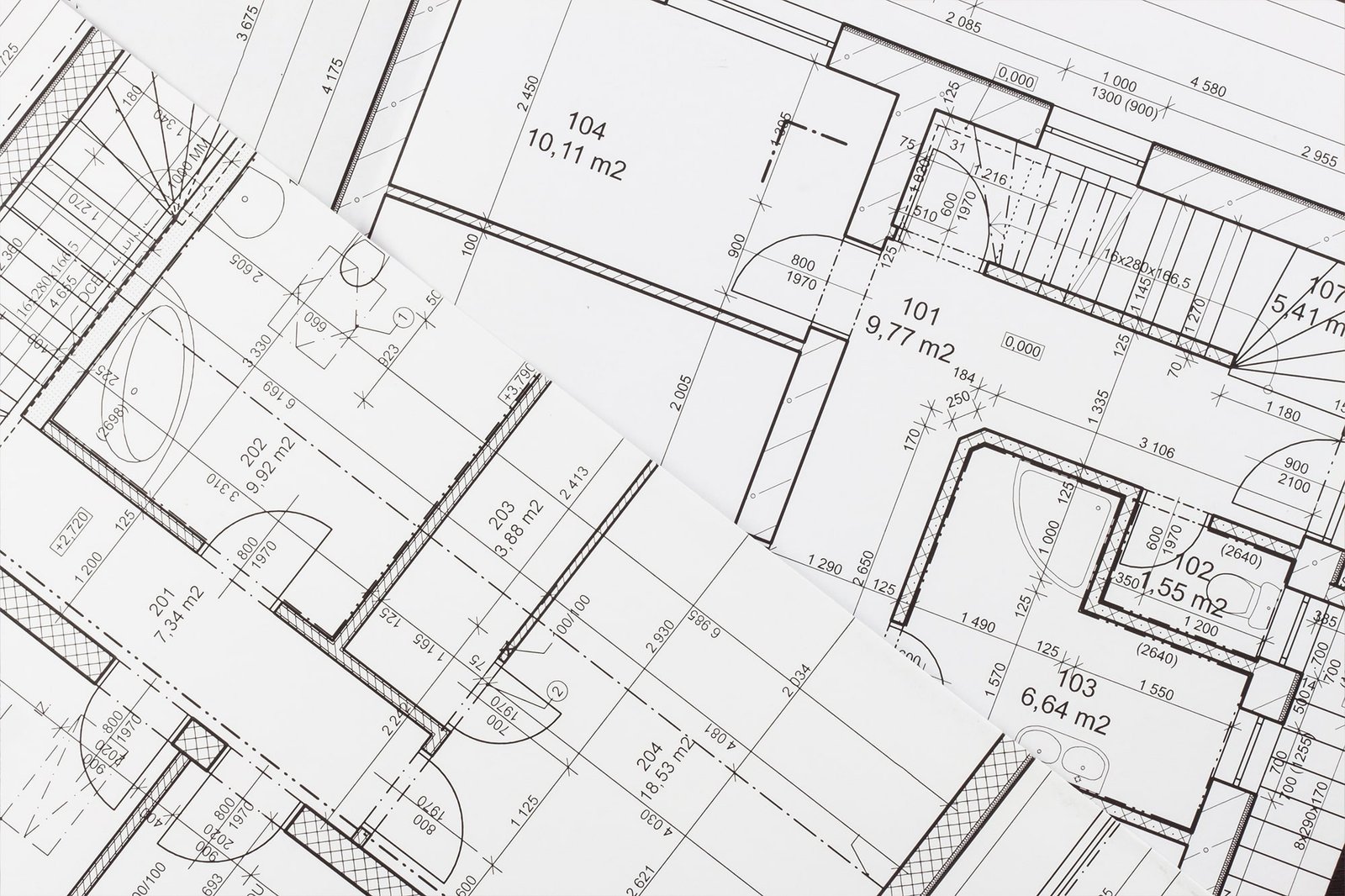Planning a home renovation in London can be an exciting endeavour, but navigating the planning permission process can often seem daunting. Whether you’re considering a small extension, a loft conversion, or a complete overhaul of your property, understanding the intricacies of planning permission is crucial to ensure your project’s success. This comprehensive guide provides London property owners with a step-by-step breakdown of the process, offering valuable insights and advice to help you confidently navigate the complexities and bring your dream home to life.


Do You Need Planning Permission?
Before diving into applications and consultations, it’s essential to determine whether your renovation project actually requires planning permission. Many smaller home improvements fall under permitted development rights, meaning you can proceed without formal permission. Common examples include:
- Internal renovations: Redecorating, installing new bathrooms or kitchens, and most internal alterations generally don’t require planning permission.
- Minor extensions: Small extensions, such as single-storey rear extensions within specific size limits, may fall under permitted development.
- Loft conversions: In many cases, loft conversions are also permitted development, provided they adhere to certain conditions regarding roof height and volume increase.
However, it’s crucial to remember that permitted development rights can be complex and vary depending on factors like:
- Location: Whether your property is located within a conservation area, Area of Outstanding Natural Beauty (AONB), or listed building.
- Property type: Different rules apply to flats, terraced houses, detached properties, etc.
- Size and scope of the project: Larger extensions, significant alterations to the roofline, or changes to the front of your property will likely require planning permission.
Always check with your local council’s planning department before starting any work to confirm whether your project requires planning permission. The Planning Portal website (www.planningportal.co.uk) also provides helpful guidance and interactive tools to help you assess your project.

Understanding Planning Permission Types
-
If your renovation project does require planning permission, it’s important to understand the different types of applications you might need:
- Full Planning Permission: Required for major developments, such as large extensions, new buildings, or significant alterations to a property’s external appearance.
- Householder Planning Permission: This is the most common type for homeowners, covering extensions, loft conversions, and alterations that affect the external appearance of your home.
- Listed Building Consent: If your property is a listed building, you’ll need separate consent for any works that affect its special architectural or historic interest, in addition to regular planning permission.
- Conservation Area Consent: Similar to listed building consent, this applies to properties within designated conservation areas and protects the area’s character and appearance.


The Planning Permission Process: A Step-by-Step Guide
- Initial Research and Consultation
- Check the local planning policy: Familiarize yourself with your local council’s planning policies and any specific guidelines for your area. This information is usually available on the council’s website.
- Consult with neighbours: Discuss your plans with neighbours early on to address any potential concerns and increase the likelihood of their support for your application.
- Consider a pre-application enquiry: While not mandatory, submitting a pre-application enquiry to your local planning authority can be invaluable. This allows you to receive feedback on your proposals before submitting a formal application, potentially saving time and money.
- Preparing Your Planning Application
- Appoint professionals: Consider engaging an architect, planning consultant, or surveyor to help you prepare detailed drawings, plans, and supporting documents.
- Complete the application form: Obtain the relevant application form from your local council’s website or planning department. Ensure you provide accurate and complete information, including detailed drawings, site plans, and design and access statements.
- Pay the application fee: Planning application fees vary depending on the type of application and the local authority. Check your council’s website for current fees.
- Submitting Your Application
- Submit your application: Submit your completed application form and all supporting documents to your local planning authority. You can usually do this online or in person.
- Validation: The planning authority will check your application for completeness. If any information is missing, they will request further details.
- Consultation and Assessment
- Public consultation: Your application will be publicized, allowing neighbours and other interested parties to submit comments and objections.
- Assessment by planning officers: Planning officers will assess your application against local planning policies, considering factors like design, impact on neighbours, and environmental considerations.
- Further information requests: Planning officers may request further information or clarification during the assessment process.
- Decision
- Decision notice: The planning authority will issue a decision notice, either granting or refusing planning permission.
- Planning conditions: If permission is granted, it may be subject to conditions that you must comply with during construction.
- Appeals: If your application is refused, you have the right to appeal the decision to the Planning Inspectorate.

Tips for a Smooth Planning Process
- Start early: The planning process can take several weeks or even months. Start planning well in advance to avoid delays.
- Be thorough: Provide clear, detailed information and accurate drawings in your application.
- Communicate effectively: Maintain open communication with your planning officer and address any concerns promptly.
- Seek professional advice: If you’re unsure about any aspect of the process, don’t hesitate to seek professional guidance from an architect or planning consultant.
Planning Permission in London Boroughs
While the general planning process is consistent across England, each London borough has its own specific planning policies and priorities. It’s essential to research the specific guidelines for your borough. Here are some resources for a few London boroughs:
- City of Westminster: www.westminster.gov.uk/planning
- Barnet: www.barnet.gov.uk/planning-and-building
- Kensington and Chelsea: www.rbkc.gov.uk/planning
- Islington: www.islington.gov.uk/planning
- Southwark: www.southwark.gov.uk/planning
- Hammersmith and Fulham: www.lbhf.gov.uk/planning
- Richmond
www.richmond.gov.uk/services/planning
Remember to check your specific borough’s website for detailed information and contact their planning department for personalized advice.
By following this guide and understanding the nuances of planning permission in London, you can embark on your home renovation journey with confidence, transforming your property into the home of your dreams while adhering to the necessary regulations.

